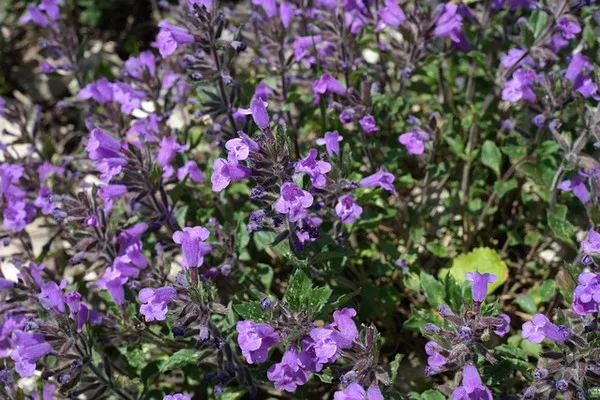Indoor plants bring a touch of nature and vitality into our homes and workspaces. Their lush foliage and vibrant blossoms create a serene ambiance and contribute to improved air quality. However, ensuring the health and longevity of indoor plants requires more than just placing them in the right spot – proper watering is crucial. In this comprehensive guide, we will explore the art and science of watering indoor plants, covering essential factors such as plant type, soil, watering techniques, and troubleshooting tips.
Understanding Your Indoor Plants
Before delving into the intricacies of watering, it is essential to understand the specific needs of your indoor plants. Different plant species have varying water requirements, which are influenced by factors such as their natural habitat, size, growth stage, and foliage type.
1. Assessing Water Needs
Start by researching the water needs of each plant species you have. Some plants, like succulents and cacti, prefer drier conditions, while tropical plants may require more consistent moisture. Understanding your plant’s natural environment can provide valuable insights into its water requirements.
2. Soil Composition
The type of soil your indoor plants are potted in plays a crucial role in water retention and drainage. Well-draining soil prevents overwatering and root rot, promoting healthy growth. Potting mixes specifically formulated for indoor plants usually contain a mix of peat moss, perlite, and vermiculite to ensure proper moisture levels.
Watering Techniques: The Art of Precision
Now that we’ve established the importance of understanding your plants, let’s delve into the art of watering techniques. Precise watering methods can make a significant difference in the health and vitality of your indoor plants.
1. The Finger Test
Insert your index finger about an inch into the soil. If it feels dry at this depth, it’s time to water. If it’s still slightly moist, hold off on watering for a day or two. This method helps prevent overwatering, which is a common cause of plant stress.
2. Watering from the Bottom
Plants like African violets and orchids benefit from bottom watering. Fill a saucer with water and place the plant pot in it, allowing the roots to absorb moisture gradually. This technique prevents waterlogged soil and encourages deep root growth.
3. Watering Techniques for Different Plant Types
Small Pots and Quick Drainage: For small pots and plants with quick drainage needs, use a gentle, steady stream of water to saturate the soil evenly. Be attentive, as these plants can dry out relatively quickly.
Larger Pots and Denser Soil: Larger pots and plants in denser soil may require a slower, more deliberate watering approach. Water slowly and evenly, allowing the water to penetrate the soil and reach the roots.
Common Watering Mistakes to Avoid
While watering is essential, several common mistakes can compromise the health of your indoor plants. By being aware of these pitfalls, you can ensure your plants thrive.
1. Overwatering
Excessive watering can suffocate roots and promote the growth of mold and fungi. Always let the top inch of soil dry out before watering again. Additionally, ensure that pots have proper drainage to prevent water accumulation.
2. Neglecting Drainage
Inadequate drainage can lead to stagnant water at the bottom of the pot, causing root rot and other issues. Choose pots with drainage holes and use well-draining potting mixes.
3. Watering on a Schedule
Avoid adhering to a strict watering schedule. Instead, monitor each plant’s individual needs based on factors such as temperature, humidity, and growth stage.
4. Using Cold Water
Cold water can shock the roots and impede nutrient absorption. Allow tap water to reach room temperature before watering your plants.
Troubleshooting: Signs of Overwatering and Underwatering
Identifying signs of overwatering and underwatering is crucial for maintaining plant health.
1. Overwatering Signs
Yellowing leaves that may drop prematurely.
Foul odor or mold growth on the soil surface.
Soft, mushy roots or a waterlogged appearance.
2. Underwatering Signs
Wilting, drooping leaves that may appear crispy at the edges.
Dry, parched soil that pulls away from the pot’s edges.
Slow growth and pale, lackluster foliage.
Conclusion
Mastering the art and science of watering indoor plants is a cornerstone of successful plant care. By understanding your plants’ specific needs, employing proper watering techniques, and avoiding common mistakes, you can create an optimal environment for their growth and vitality. Remember, each plant is unique, and attentive care will be rewarded with thriving, vibrant indoor greenery that enhances the beauty and comfort of your living spaces.


